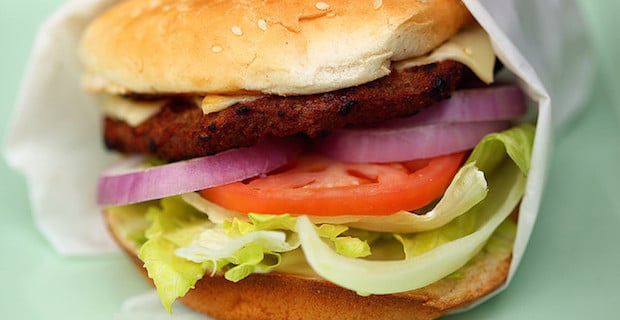
When your food label reads artificial flavors or natural flavors, what does it really mean? The flavor industry is highly secretive. According to investigative journalist Eric Schlosser, author of "Fast Food Nation", their secrecy is essential to protecting the reputations of the companies they support. And it’s a huge industry, we’re talking upwards of a billion in annual revenues on the low side.
They have to be secretive because if Americans knew that many of the processed foods that they were eating were nothing short of a science experiment, they wouldn’t be happy. Even though customers know in the back of their minds that fast food isn’t the most healthy, people like to believe that the flavors in their foods actually come from the kitchen. But that’s far from the case. Let’s take a closer look at the flavor industry.
Read more about artificial flavors
1. Strawberry milkshake (Not sure the name is fitting)
Strawberry takes a boat load of chemical flavorings to fool the olfactory system into believing it’s real. Your typical strawberry milkshake, for example, contains the following list of chemical additives:
amyl acetate, amyl butyrate, amyl valerate, anethol, anisyl formate, benzyl acetate, benzyl isobutyrate, butyric acid, cinnamyl isobutyrate, cinnamyl valerate, cognac essential oil, diacetyl, dipropyl ketone, ethyl acetate, ethyl amylketone, ethyl butyrate, ethyl cinnamate, ethyl heptanoate, ethyl heptylate, ethyl lactate, ethyl methylphenylglycidate, ethyl nitrate, ethyl propionate, ethyl valerate, heliotropin, hydroxyphenyl-2-butanone (10 percent solution in alcohol), ?-ionone, isobutyl anthranilate, isobutyl butyrate, lemon essential oil, maltol, 4-methylacetophenone, methyl anthranilate, methyl benzoate, methyl cinnamate, methyl heptine carbonate, methyl naphthyl ketone, methyl salicylate, mint essential oil, neroli essential oil, nerolin, neryl isobutyrate, orris butter, phenethyl alcohol, rose, rum ether, ?-undecalactone, vanillin, and solvent.
2. Burger King’s BK Broiler
Burger King’s BK Broiler contains natural smoke flavor. To be clear, natural smoke flavor is listed under natural flavors because it comes from a natural, not chemical, source. But honestly, I’m just not sure it’s much better. It’s made from charring sawdust and capturing the aroma chemicals released in the air. The “flavor” is then bottled with water and used to provide that smokey taste we all crave off the grill. It’s also added to barbecue sauces and frozen dinners to give the impression that the meat was grilled.
3. Superfood Flavorings
When we think of goji and acai berry flavors, we think heathy. In fact, we think super healthy. But just like the flavor industry works on strawberry, lemon, orange, and cherry, it works on superfoods like goji and acai berry flavorings. And the most recent healthy fruit craze: the yumberry.
It’s an Asian fruit that’s hot right now,” the way pomegranate and goji berry have been hot in recent years, says [Hedy] Kulka, [a tastemaker]. [Dolf] DeRovira, [another tastemaker] who also cites yumberry as one of the trendy fruit flavors of the moment, describes the taste as a cross between a grapefruit and a lemon. He says consumers should expect a wave of yumberry tea and chewing gum in the not-too-distant future. [This quote came from a recent article in New Jersey Monthly, where much of the flavor industry is based.]
Read more about the worst ingredients in food
Image: Pink Sherbet Photography










